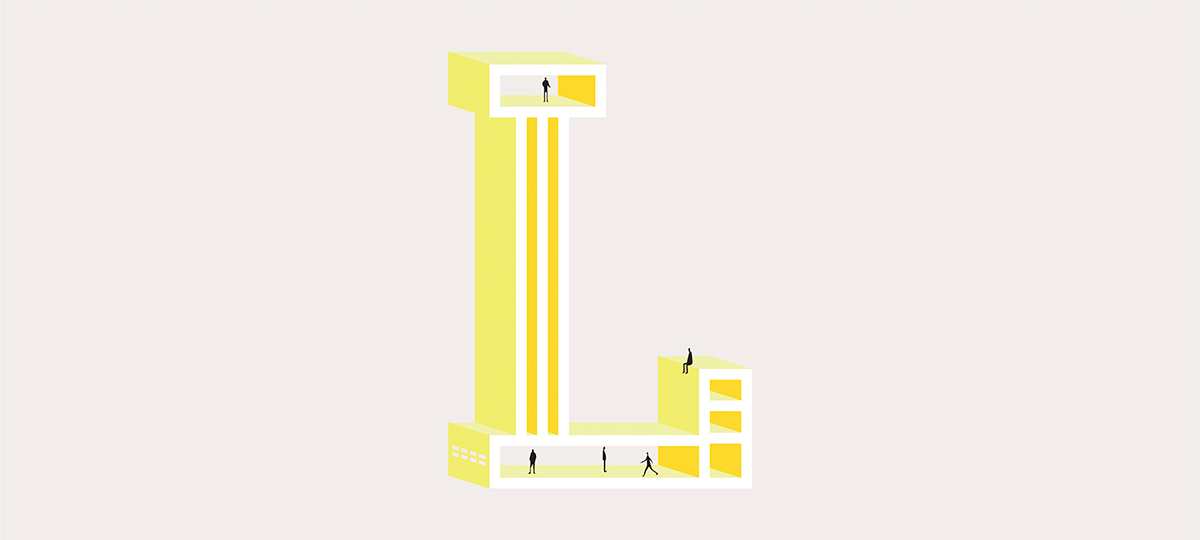
● ARCHITECT’S ALPHABET ●
I lean, you lean, we lea(r)n !
Aware of the importance of the human dimension in project management and site management, we encourage the use of Lean Management. Sustainable” Lean is part of the idea of a continuous improvement approach and not just a fashion statement. We apply it daily in our internal work processes at Bulle. We have also been able to experiment with this work method through a pilot site on behalf of Gironde Habitat, alongside Delta Partners, during the construction of Les Etoiles residence in Martignas-sur-Jalle.
Lean aka the summerbody of the yard. The goal : to lighten up to keep the essential, to reduce waste to create added value, economic and especially human.
(The secret of this diet lies in the elimination of the following 8 Mudas : overproduction, stocks, displacements, waiting times, wasted talents, useless operations, “non-quality” and transports).
According to the definition of the Lean Institute France : “The Lean manager develops the area entrusted to him by renewing trust with the customers, by developing the technical skills of the people, by cultivating collaboration and by investing in available and efficient technical means to do the job well. It’s a building job that can’t be done alone and requires everyone’s involvement and ideas.”
The architect then becomes the conductor of the orchestra and must generate a participative impulse from all the actors, from the company manager to the worker, all involved, all concerned, all considered and respected.
To help him in this task, cooperative and efficient tools are available, one of the main supports being the Post-it. A reduced format without being reductive.
This method is accompanied by the implementation of a follow-up chart, displayed for all to see and updated every morning by the team members in order to make the project concrete. Visual organization, the engine of global communication, requires a dedicated space, the Obeya, meaning “big room” in Japanese. Applied to the construction site, this is based on the “Last Planner System” (LPS), a participative planning tool that compiles several concepts :
– Zoning, which divides the operation into several appropriate workplaces
– Takt Time” or site tempo, which matches the different resources to be used to meet the site duration objectives
– The inventory of the tasks to be accomplished, which secures the perimeter of the actions to be implemented.
The benefits are indisputable in terms of work comfort and delivery time optimization. Much more than an approach, it is a work philosophy.
